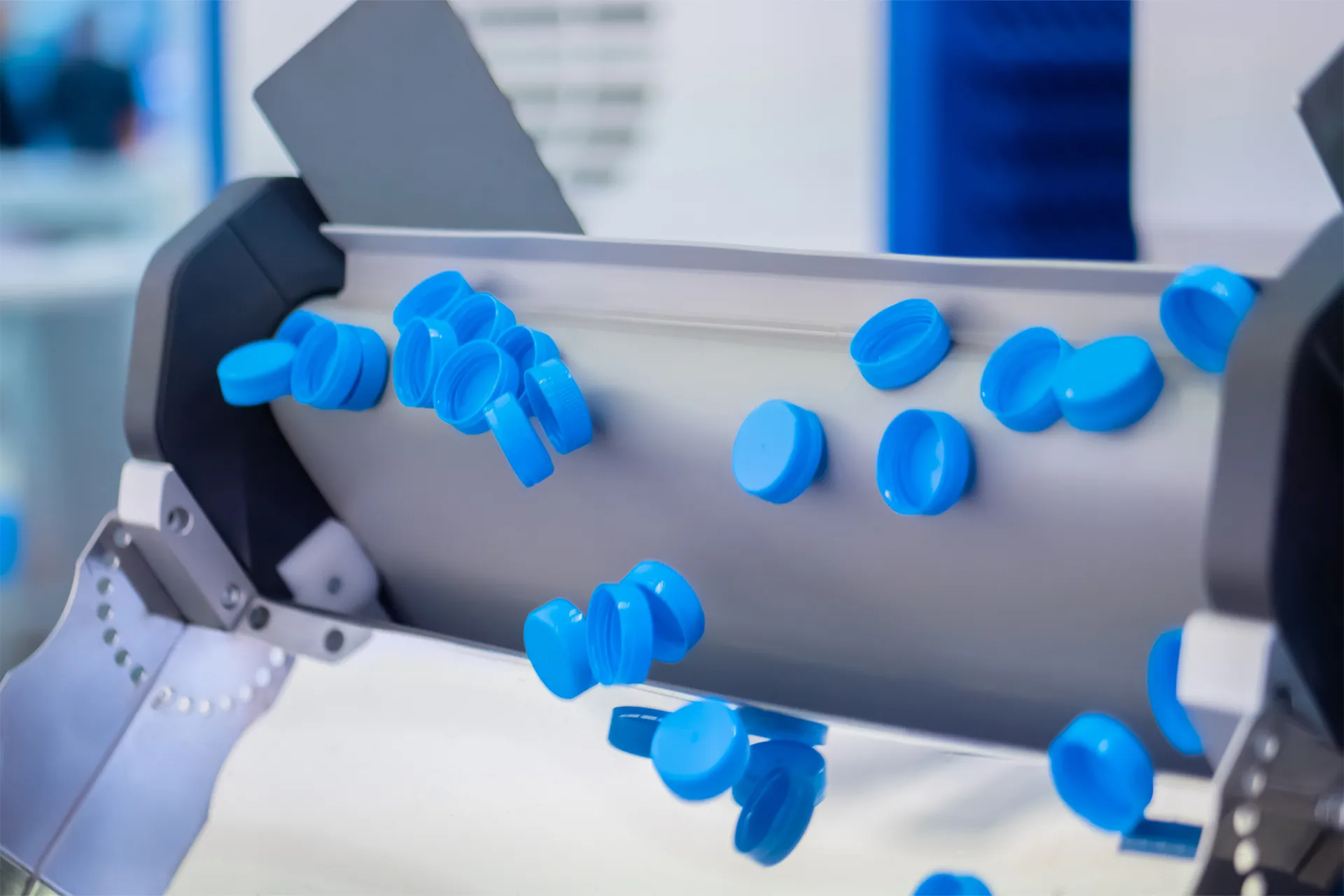
How Can Manufacturers Audit & Validate “Biodegradable” Plastic Claims?
Manufacturers face increasing pressure to ensure their environmental claims are not only accurate but verifiable. Regulatory agencies in the U.S., EU, and beyond now require scientific evidence before products can be marketed as biodegradable.
For companies producing or sourcing plastic packaging and goods, understanding how to validate biodegradability is essential. The right testing data can protect against accusations of greenwashing, regulatory penalties, and loss of consumer trust.
This guide provides a practical checklist for manufacturers who want to confidently audit and verify biodegradable claims — whether for in-house innovation or evaluating third-party technologies.
Step 1: Understand What “Biodegradable” Really Means
At its core, biodegradation refers to the breakdown of organic materials by microorganisms into natural byproducts such as carbon dioxide, methane, water, and biomass. True biodegradation means the polymer’s carbon backbone is consumed by microbes — not just fragmented into smaller pieces.
Red flags to watch for:
- Claims that rely solely on “disintegration” or “fragmentation.”
- Phrases like oxo-degradable, photo-degradable, or degradable — these often mean the product breaks into microplastics, not that it biodegrades.
- Statements without testing references, such as “biodegrades naturally” or “breaks down quickly.”
Manufacturers should insist on clear language that distinguishes biodegradation (microbial digestion) from fragmentation (physical breakdown).
Step 2: Require Testing Under Recognized Standards
Biodegradability claims must be backed by data from accredited laboratories using established standards. Two of the most recognized test methods worldwide are:
- ASTM D5511 – Anaerobic Biodegradation of Plastic Materials Under High-Solids Anaerobic-Digestion Conditions (simulates landfill environments).
- ASTM D5338 – Aerobic Biodegradation Under Controlled Composting Conditions (simulates industrial composting environments).
Both methods measure carbon conversion to gases (CO₂ or methane), which directly indicates microbial metabolism of the polymer.
Additional recognized international standards include:
- ISO 15985 – Anaerobic biodegradability of plastic materials.
- ISO 14855 – Determination of the ultimate aerobic biodegradability of plastic materials under composting conditions.
Each test is designed for specific disposal environments. Manufacturers should select tests that align with their product’s actual end-of-life scenario. For most traditional plastics, ASTM D5511 offers the most realistic evaluation because most plastic waste ends up in landfills.
Step 3: Verify Laboratory Accreditation
Not all labs are created equal. Before accepting biodegradation data, confirm that the testing laboratory:
- Is ISO/IEC 17025 accredited for the specific test method used.
- Conducts triplicate testing to ensure statistically valid data.
- Reports both the percent biodegradation and time frame of the test.
- Includes controls (positive, negative, and inoculum-only samples) for accuracy.
Reputable labs will also provide detailed reports showing gas analysis, sample conditions, and calculations. Any summary results without access to full data should raise concerns.
Step 4: Evaluate Claim Transparency
Valid biodegradation claims should be specific, measurable, and verifiable. Look for claims that include:
- Test method reference (e.g., ASTM D5511 or ISO 15985).
- Testing laboratory name and location.
- Percent biodegradation achieved and the number of test days.
- Type of resin tested (e.g., PET, PE, PS).
Example of a compliant claim:
“PET samples containing 1% EcoPure® additive demonstrated 60.1% biodegradation after 1,228 days under ASTM D5511 testing conditions at Eden Research Laboratory.”
Vague claims like “rapidly biodegrades” or “eco-safe additive” without supporting details should be avoided.
Step 5: Audit Third-Party Additive Suppliers
If you’re evaluating biodegradable additives, ask suppliers to provide:
- Full ASTM or ISO test reports, not summaries or marketing brochures.
- Independent third-party validation, not internal lab data.
- Evidence of consistent results across multiple resin types.
- Clear differentiation from banned or discredited technologies like oxo-degradables.
Legitimate suppliers will openly share their data and explain how their additive functions biologically, not chemically. For example, EcoPure® provides documented testing demonstrating microbial digestion of plastics in both aerobic and anaerobic environments, with no microplastic residue.
Step 6: Watch for Greenwashing Traps
Many misleading claims stem from unclear terminology. Be cautious when you see:
- “Biodegradable under the right conditions” without defining what those conditions are.
- “Eco-friendly” with no data or testing reference.
- Claims implying that the product biodegrades in any environment (including marine or natural soil) without evidence.
Remember: environmental fate must match the product’s disposal pathway. Testing in idealized composting conditions doesn’t prove performance in a landfill, where most plastics actually end up.
Step 7: Maintain Documentation for Compliance
Global regulations increasingly require manufacturers to prove the accuracy of environmental claims. Keep a compliance file including:
- Complete test reports and certificates.
- Lab accreditation documents.
- Product specifications showing additive concentration.
- Marketing materials and claim statements reviewed for accuracy.
This documentation helps ensure you meet FTC Green Guides, EU Packaging Waste Directive, and emerging EPR regulations requiring evidence-based claims.
Step 8: Build Trust Through Transparency
Beyond compliance, transparency is the foundation of consumer trust. Brands that share testing results and educate their customers on how biodegradation works stand out as credible sustainability leaders.
EcoPure® customers, for example, often highlight certified test data and emphasize that biodegradation occurs in biologically active landfill environments, where most plastics actually end up. This approach aligns marketing with scientific integrity.
Auditing biodegradable claims isn’t just about protecting your brand — it’s about ensuring that environmental progress is measurable and authentic. Manufacturers who demand clear test data, verifiable lab results, and full transparency not only safeguard their reputation but also drive the industry toward genuine sustainability.
By following this checklist, you can confidently separate proven biodegradable technologies like EcoPure® from misleading alternatives and communicate your environmental impact with integrity and evidence.


